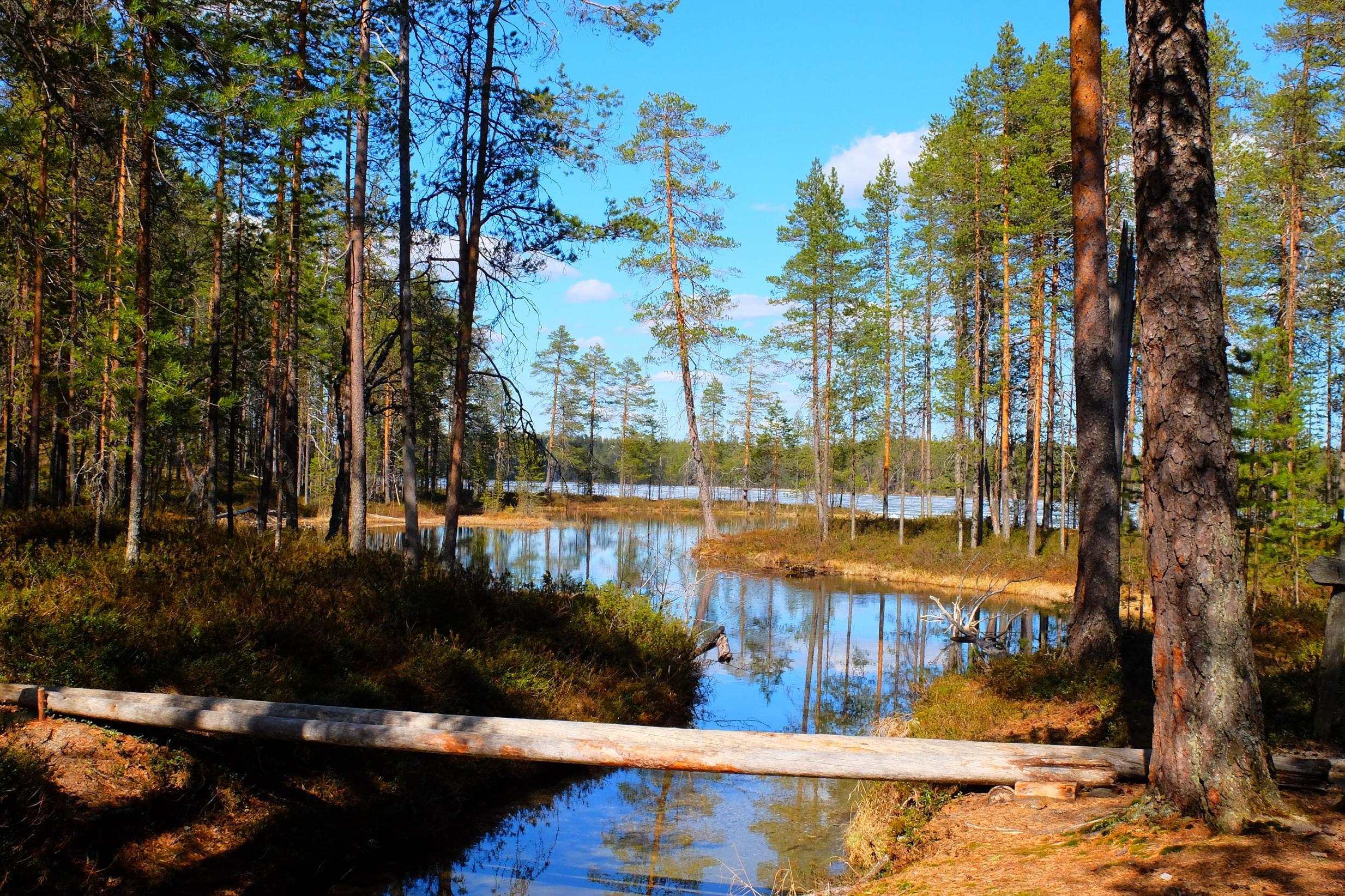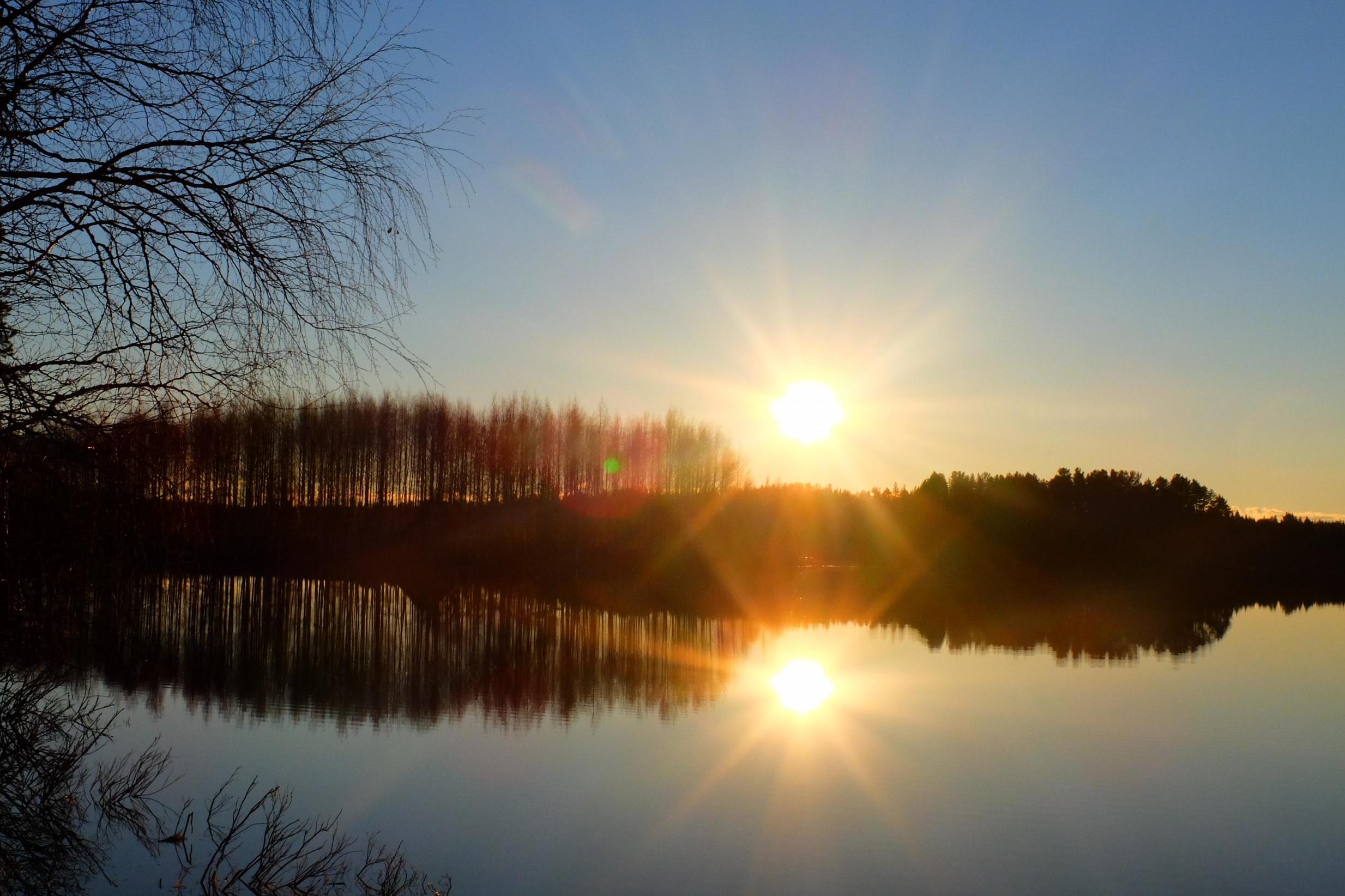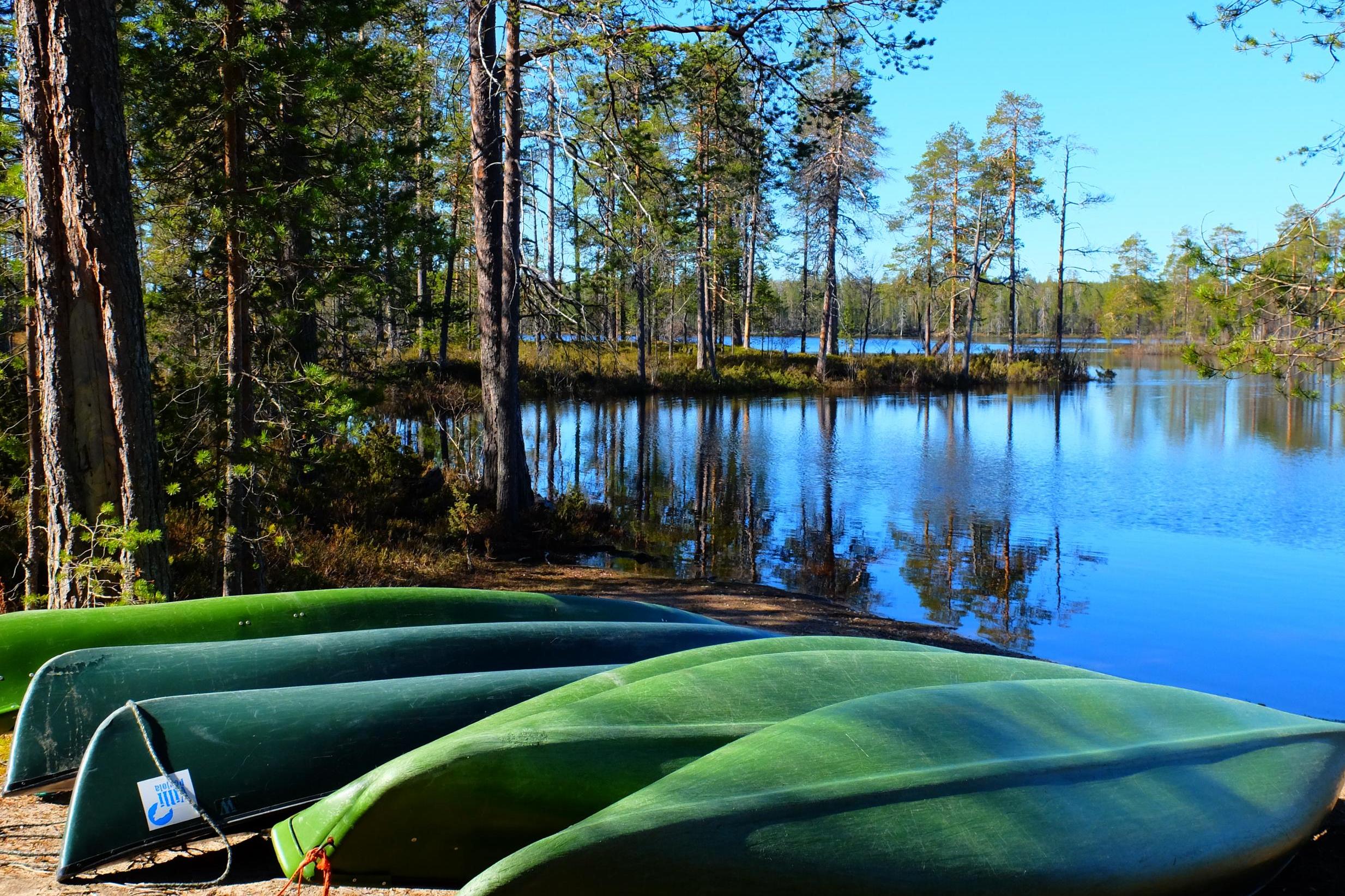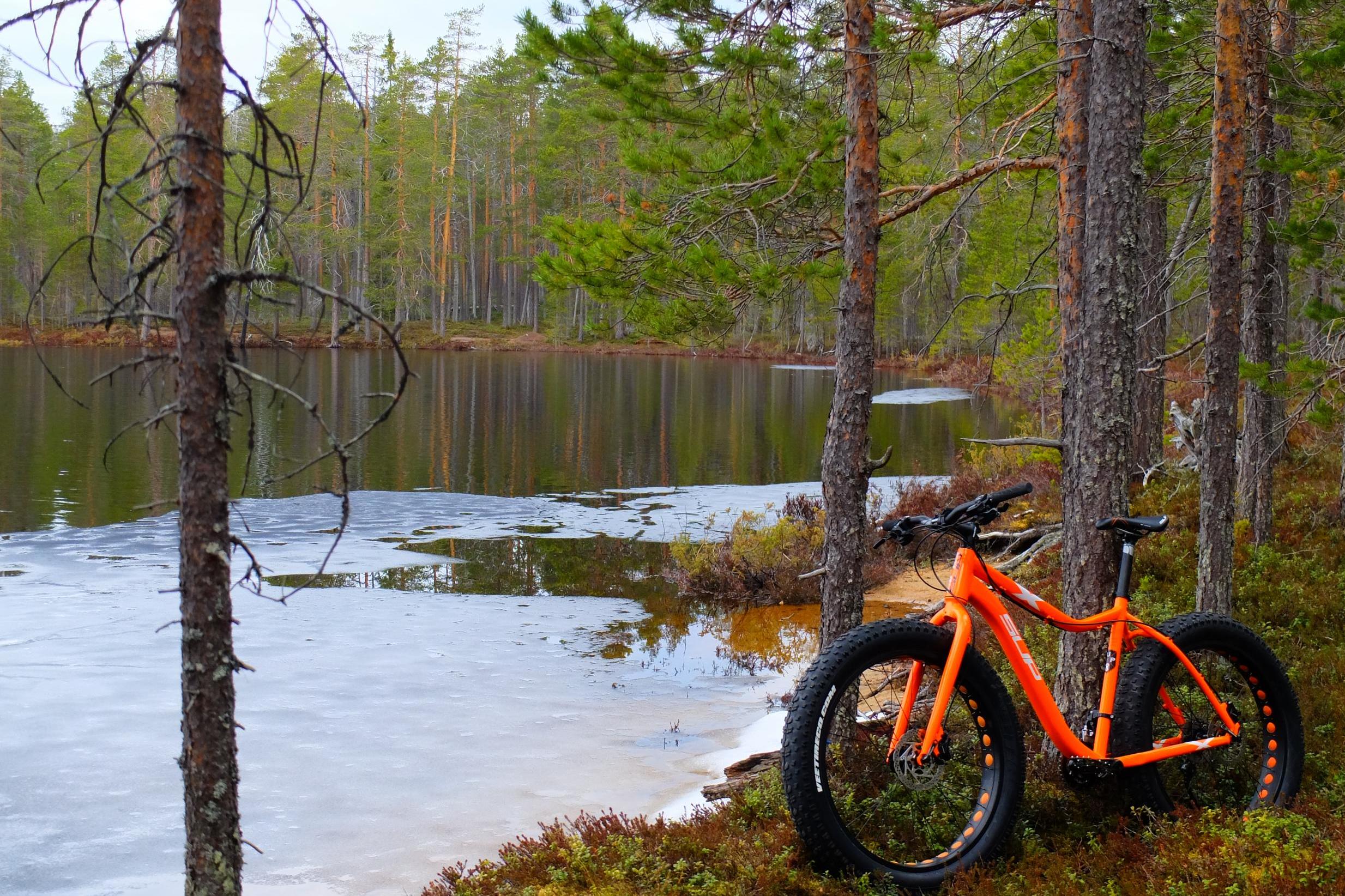Hossa national park: Finland celebrates a century of independence with giant expanse of wilderness
As Finland celebrates a century since independence, a new national park is giving the country something to shout about

Your support helps us to tell the story
From reproductive rights to climate change to Big Tech, The Independent is on the ground when the story is developing. Whether it's investigating the financials of Elon Musk's pro-Trump PAC or producing our latest documentary, 'The A Word', which shines a light on the American women fighting for reproductive rights, we know how important it is to parse out the facts from the messaging.
At such a critical moment in US history, we need reporters on the ground. Your donation allows us to keep sending journalists to speak to both sides of the story.
The Independent is trusted by Americans across the entire political spectrum. And unlike many other quality news outlets, we choose not to lock Americans out of our reporting and analysis with paywalls. We believe quality journalism should be available to everyone, paid for by those who can afford it.
Your support makes all the difference.In a lakeside sauna in Finnish Lapland, I am learning about the local tradition of mokki. Sara Jantti, a seasoned sauna-goer, casually tosses more water on the fire, forcing the steam to rise. Through a small glass window, I can see the glassine lake cast in dusky pink hues by the midnight sun, which in this part of Finland, just south of the Arctic Circle, sets only briefly in June.
“Everybody in Finland has a mokki,” Sara explains. “We go there for weekend escapes. It’s a basic cottage, normally a few hours away, often without electricity, heating or television. You spend time listening to the radio, chopping wood and heating the sauna, which becomes the focus.”
As I sit back and relax in the heat, I can certainly see the appeal. But perhaps not quite as much as the next Finnish tradition: kalsarikannit, which basically means cracking open a bottle at home alone and drinking it in your long johns.
The Danish concept of hygge has nothing on this, but the Finnish are not ones to brag about their culture. Reserved and stoical, with an appreciation of dry humour, they prefer to keep things discreet. This year, however, the country will break away from its default shy-and-retiring position as it celebrates 100 years since Finnish independence, marking the occasion when the country claimed sovereignty from Russia, during the Bolshevik Revolution of 1917.
After much fanfare about Denmark’s food and Nordic noirs in recent years, it’s now Finland’s turn to take the spotlight. And, fittingly for a country that created forest schools, where outdoor pursuits are championed from an early age, the headline centennial event this year is the opening of a new national park, Hossa.
This 27,000-acre patch of wilderness started as an age-old hunting ground for the indigenous Sami people, who named it Hossa, meaning “a place far away”. In 1979, it became an official hiking area, but in June its status was cemented when it was inaugurated as Finland’s 40th national park.

After my sauna and cosy night at Martinselkosen Erakeskus, a collection of family run cabins in the Kainuu wilderness area, it’s time to head north. On a map, Finland is said to resemble a woman with one arm raised defiantly into Sweden and Norway and a billowing skirt flowing out into the Baltic Sea. Midway down the country, close to the eastern border with Russia, Hossa stands at Finland’s very heart, a maze of interconnected lakes and pristine forests which have long given locals space to reconnect with nature.
Rows of pine, spruce and birch trees whisper the first signs of summer as I drive in, though snow still cloaks the roadsides and ice lingers on the lakes. It gives some indication of the park in winter, when it opens up as a playground for husky sledding, snowmobiling and ice fishing.
Today, though, the skies are blue and cloudless, perfect for summer’s arrival of hikers, bikers and campers. Outdoor activities form the backbone of Hossa’s appeal, so I head off with Jani Maatta, the owner of Martinselkosen Erakeskus, on a fat-biking tour. These specially adapted mountain bikes come with extra-thick tyres that can be used even in deep snow. We weave our way through one of Hossa’s newly waymarked trails, opting for an easy 10km route, which takes us over wild lingonberry and crowberry bushes, past trees laden with lichen. Navigating the fat tyres through the narrow tracks takes some getting used to, but eventually we reach a clearing, where a flock of black-throated divers bob on a lake.

Hossa is a birders’ paradise, with greater-spotted woodpeckers and golden eagles both common sightings, as well as capercaillie, whose males use the forests for an elaborate courting display, known as “lekking”. For those interested in larger creatures, there are moose, wolves and brown bears.
Reindeer are also abundant, all of which are owned and rounded up twice a year by herders. Some, such as the Hossa Reindeer Park, have developed a sideline in tourism, inviting visitors to learn about farm life or have dinner. The farm’s traditional Lappish hut, illuminated by candles and lit by open fires, is very welcome after a day outdoors.
Many of the park’s activities gravitate towards its tangled network of lakes and rivers, which once formed trading routes between Finland and Russia. On the shores of Hossanjarvi lake, I make my first foray into stand-up paddle boarding. After some initial shakiness, it proves blissful and serene, the surrounding pine trees mirrored in the lake’s crystalline surface. I also join Finland’s answer to Bear Grylls, Janne Autere, for an afternoon of exhale-inducing canoeing, gliding over Hossa’s waters while his white-coated husky Pena waits patiently by the shore.

I save the park’s key attraction until last, visiting Varikallio with local nature guide Saija Taivalmaki, who specialises in wilderness walks and forest yoga. After limbering up amid the trees, we emerge at Finland’s most northerly pre-historic rock paintings, which date back some 3,500-4,500 years to the Stone Age, to cast our eyes over a reddened depiction of ancient hunting and shamanic rituals. When Varikallio was discovered in 1977, a local hermit took it upon himself to smear the paintings with tar, fearing the fuss that too much publicity would bring. Luckily, they were saved, and Finland’s days of hiding its light under a bushel seem to be over. With the centenary on the horizon and a new national park to shout about, this wild-at-heart nation is poised for a moment. Time to dig out the long johns.
Travel essentials
Getting there
Finnair (finnair.com) flies to Helsinki from Heathrow and Manchester and connects to Hossa via flights to Kajaani in the south and Kuusamo in the north. Norwegian (norwegian.com) also serves Helsinki from Gatwick; BA (ba.com) flies from Heathrow.
Staying there
Martinselkosen Erakeskus (martinselkonen.fi) has doubles from €70 (£65). Fat-biking from €15.
Hossan Lomakeskus (hossanlomakeskus.com) has new lakeside chalets from €85.
Hossan Limo (hossanlumo.fi) has camping pitches and cottages from €14-€35.
More information
Jooga Taival (joogataival.fi) offers forest yoga and wilderness walks from €65.
Lazydog SUP (lazydogsup.fi) runs stand-up paddle boarding from €50.
Hikes’n Trails (hikesntrails.com) offers canoeing and kayaking from €95.
Hossa Reindeer Park (hossanporopuisto.fi) lays on three-course dinners from €34.
Join our commenting forum
Join thought-provoking conversations, follow other Independent readers and see their replies
Comments